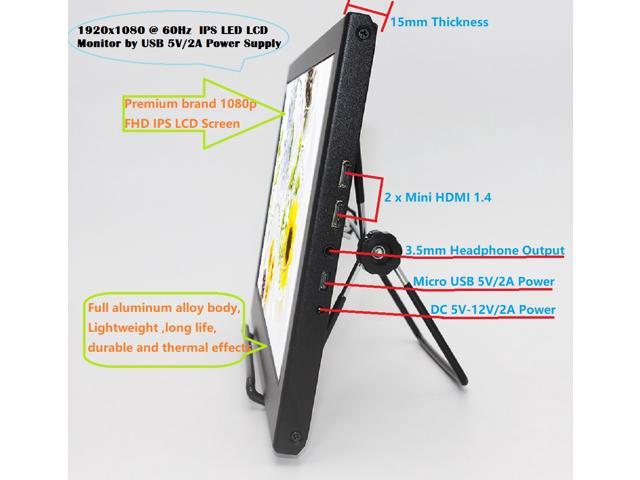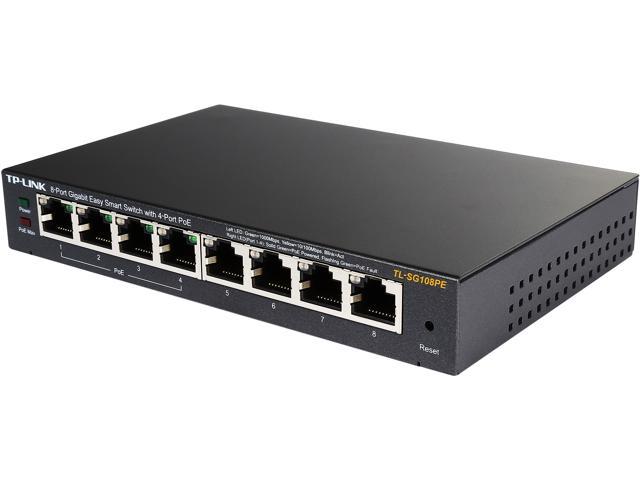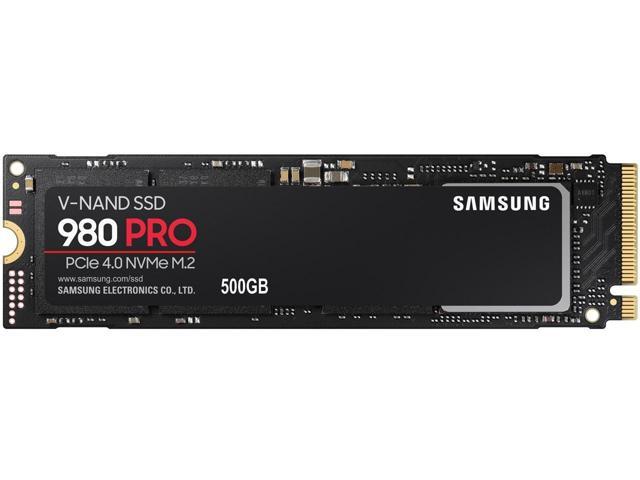Behavior modification has lacked operational procedures to sharpen techniques and equipment. These aspects have lagged behind the development of general principles and specialized modification techniques. This sophisticated sourcebook is devoted exclusively to the technical details of "how-to-do-it" in behavioral assessment and practice--an aspect of behavior modification that is relatively undeveloped despite its significance and that has only recently received the attention it deserves.
The selections contained in this volume have been drawn from a variety of technical areas and are organized into six main parts. The first part emphasizes the importance of technology and procedure in the history of the field, and in the second part attention is given to guidelines for practice with individuals and families that may be employed with a wide variety of problems and patrons in many service settings. The next part, on interviewing guidelines and style, includes an interview guide for behavioral counseling and a general discussion of types of bias and therapist influence in behavioral assessment. Part four is concerned with observation, recording, and monitoring; and part five, on schedules and checklists, includes a variety of schedules and rating forms, including a therapist schedule for rating family verbal behavior. The last part, on instrumentation in behavior therapy, contains a chapter that is a major, comprehensive description and review of electromechanical devices applicable to behavior modification.
Because the book covers procedural details, it serves not only as a sourcebook but as a volume every practicing behavior modifier, as well as researchers in behavior therapy and modification will find useful. Social workers, teachers, clinical psychologists, psychiatrists, pastoral counselors, and their students will appreciate this manual covering technical information required for effective practice.














![Afro-vegan: Farm-fresh African, Caribbean, And Southern Flavors Remixed [a Cookbook]](https://dynamic.indigoimages.ca//books/9781607745310.jpg?width=200&maxheight=200)
